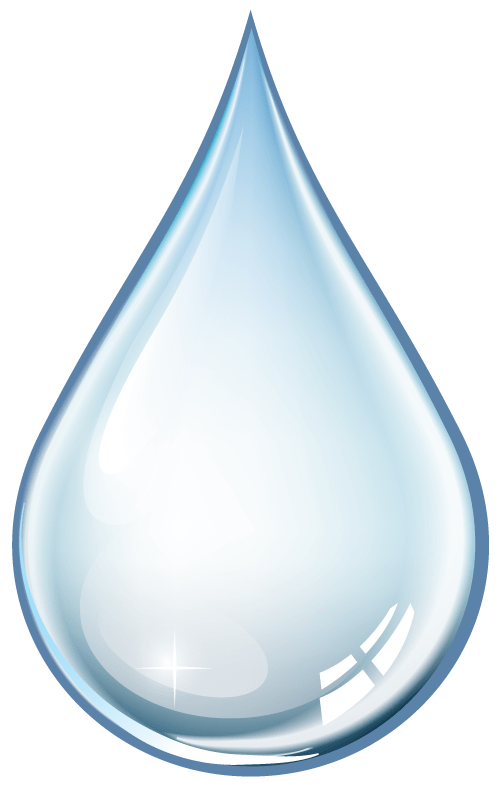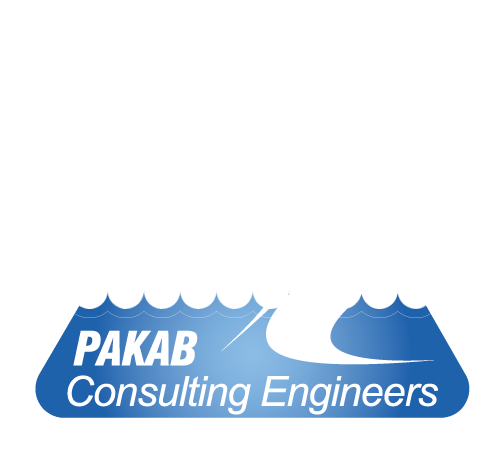- - Home Page
- Surface Water
Company Activities
Surface Water
Surface water is water located on top of the Earth’s surface, and may also be referred to as blue water. In common usage, it is usually used specifically for terrestrial (inland) waterbodies, the vast majority of which is produced by precipitation and runoff from nearby higher areas. As the climate warms in the spring, snowmelt runs off towards nearby streams and rivers contributing towards a large portion of human drinking water. Levels of surface water lessen as a result of evaporation as well as water moving into the ground becoming ground-water. Alongside being used for drinking water, surface water is also used for irrigation, wastewater treatment, livestock, industrial uses, hydropower, and recreation. For USGS water-use reports, surface water is considered freshwater when it contains less than 1,000 milligrams per liter (mg/L) of dissolved solids.
There are three major types of surface water. Permanent (perennial) surface waters are present year-round, and includes lakes, rivers and wetlands (marshes and swamps). Semi-permanent (ephemeral) surface water refers to bodies of water that are only present at certain times of the year including seasonally dry channels such as creeks, lagoons and waterholes. Man-made surface water is water that can be continued by infrastructures that humans have assembled. This would be dammed artificial lakes, canals and artificial ponds (e.g. garden ponds) or swamps. The surface water held by dams can be used for renewable energy in the form of hydropower. Hydropower is the forcing of surface water sourced from rivers and streams to produce energy.
Surface water can be measured as annual runoff. This includes the amount of rain and snowmelt drainage left after the uptake of nature, evaporation from land, and transpiration from vegetation. In areas such as California, the California Water Science Center records the flow of surface water and annual runoff by utilizing a network of approximately 500 stream gages collecting real time data from all across the state. This then contributes to the 8,000 stream gage stations that are overseen by the USGS national stream gage record. This in turn has provided to date records and documents of water data over the years. Management teams that oversee the distribution of water are then able to make decisions of adequate water supply to sectors. These include municipal, industrial, agricultural, renewable energy (hydropower), and storage in reservoirs.

